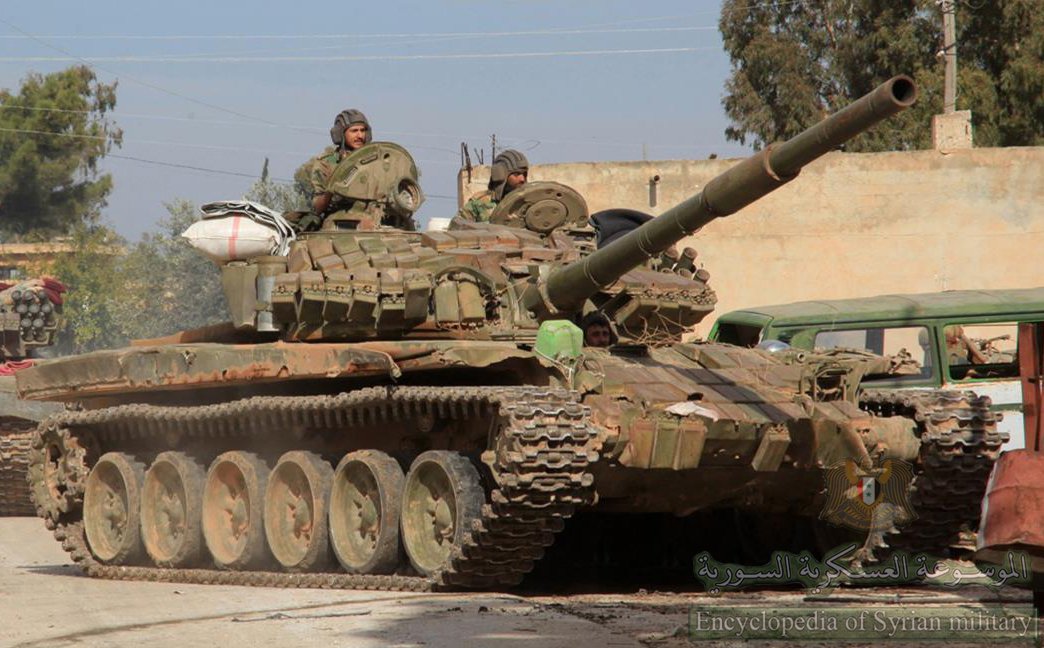

“This protects the vehicle from the most destructive weapons: hollow-charge grenades and anti-tank guided missiles. Testing these wheels, tracks, and armor in real conditions, not at the proving ground, is a whole different story,” he stated.Īs he explained, these sections of the Armata are to be additionally reinforced and fitted with “plate armor” (similar in appearance to a bunk-bed lattice rail) all around the perimeter of the vehicle. Professor Vadim Kozyulin of the Russian Academy of Military Sciences is of the opposite view. “It was used to give the technologies a run-in before the mass churning out of tanks for the army,” he said. More than that, the latter is already equipped with some Armata technology, including the fire-control and semi-automatic guidance systems, and the gun itself. But in Syria, who or what will it fight? Militants on pickup trucks or machine-gunners in foxholes?” Dmitry Litovkin, editor-in-chief of Independent Military Review, told Russia Beyond.Īccording to Litovkin, Russia already has T-73B3 and T-90M Proryv tanks at the Khmeimim airbase, which are more than capable of performing all combat tasks as and when required. The machine was tailored for battles with the most modern US and European tanks: the Abrams and the Leopard. “There’s nothing for the Armata to do in Syria.

Some experts questioned the overall wisdom of combat-testing a tank like the T-14 Armata in Syria. The minister also declined to comment on the results of the tests, including how the vehicle performed in the hot desert climate under fire from tank shells and against electromagnetic jamming systems.


 0 kommentar(er)
0 kommentar(er)
